The Zeiss Ikon Contaflex is an over engineered and overly complicated leaf shutter SLR. They were manufactured from 1953 to 1974 and went through several iterations, each more complicated than the last. Most used synchro compur shutters and tessar lenses (bar a couple of cheaper models) so they were decent performers. Max shutter speed was 1/500 and maximum aperture was f2.8. The Contaflex iii brought swappable front elements, these included a 35mm, an 85mm and a 115mm. These were beautifully sharp but prone to delamination, especially in the Pro Tessar 35mm f4.
Cost wise, these were an expensive camera, retailing at the equivalent of an eye watering £2500. They were a beautifully made item but their complexity made them difficult to repair. Most engineers won’t touch them and those who do tend to make the tooth sucking noise associated with it costing, a lot! This is why you can pick them up for next to nothing.
Mine is a 1973ish Contaflex Super BC with the battery powered light meter. Build quality is wonderful. The action of the cocking lever is as precise as a swiss watch and the shutter noise is beautiful. Operation is, as you would expect, somewhat quirky. You can only see through the viewfinder when the shutter is cocked as the mirror has no auto return. The light meter is visible through the viewfinder but it only works when the aperture dial is on auto and you can only change it to and from auto when the shutter is cocked. Leaving the shutter cocked is a bad idea so you need to make sure the aperture is off auto when you shoot the last shot of the set otherwise your battery will drain but once you remember all that, its a beautiful thing. I have run a couple of films through it but none in shutter priority. I loaded up a roll of XP2 and headed out into town.
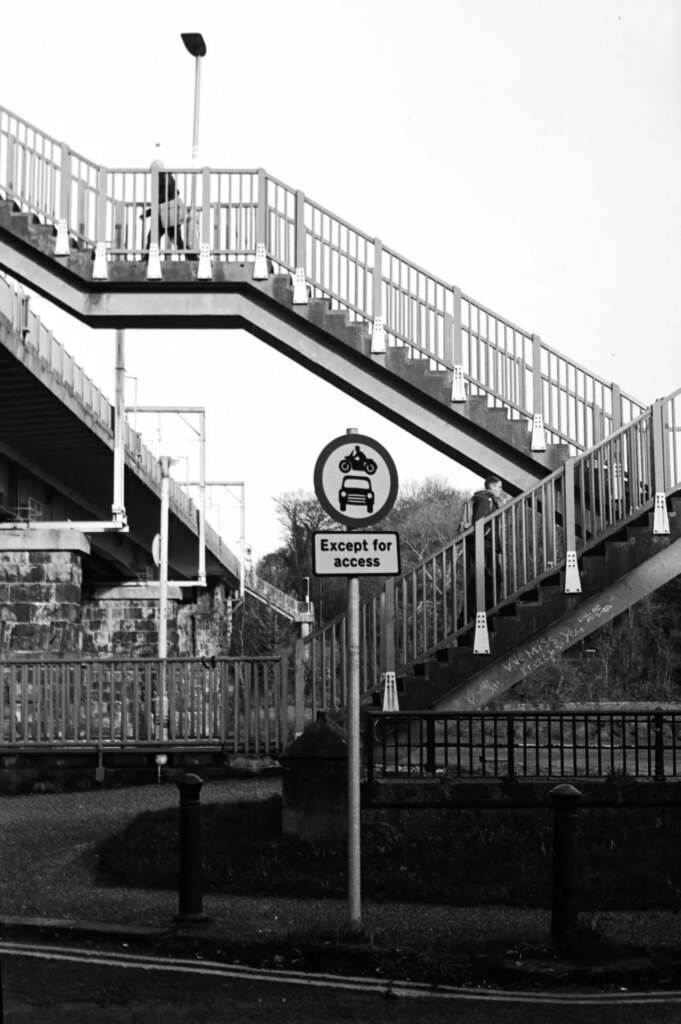
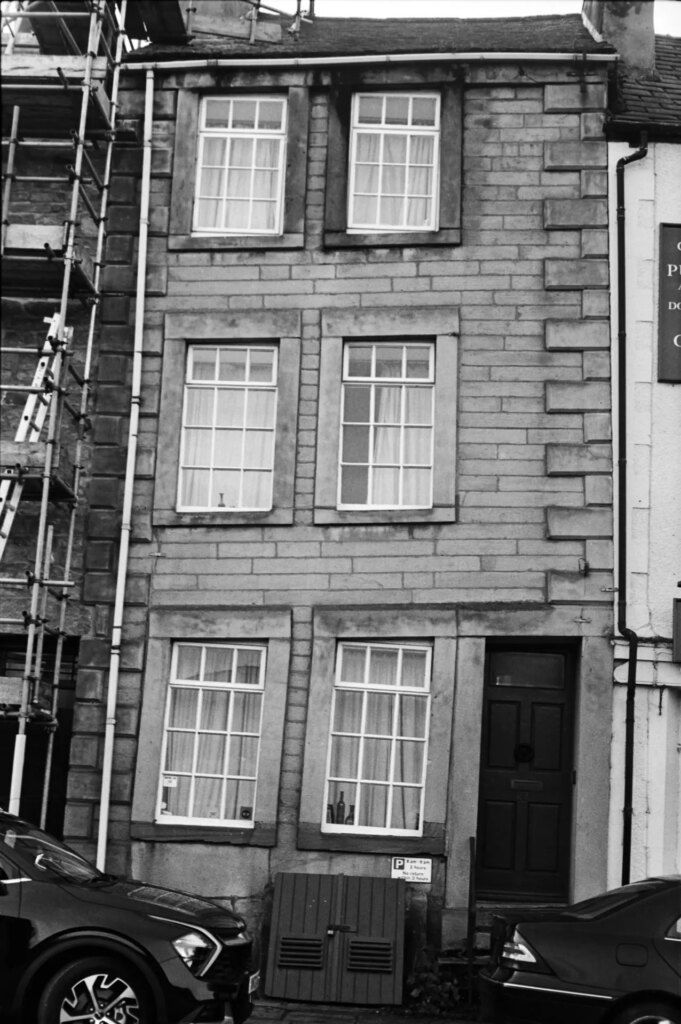
XP2 as we all probably know is a film made to be developed in C41, but what people may not realise is it also works supremely well with B&W chemicals, especially when shot at 200. There are a couple of articles on the Ilford website regarding this, also Roger (sflab on YouTube) has a wonderful video on the subject (he gets lost in a wood, again). I have developed XP2 in HC110 (nice), Rodinal (very nice) and ID-11. It also works very well with 510 Pyro. The timings on Chris’s article on the Ilford website (link below) work very well indeed but my clear favourite is stock ID-11 (iso100, 8:30, iso200, 10:30, iso400, 13:30 all at 20°). When I got home I couldn’t wait to get the film in the tank. I certainly wasn’t disappointed by the results. The Contaflex is nicely sharp and the metering is bang on. As for the XP2, none of the images below have been processed beyond the basic flip, it really is that good.
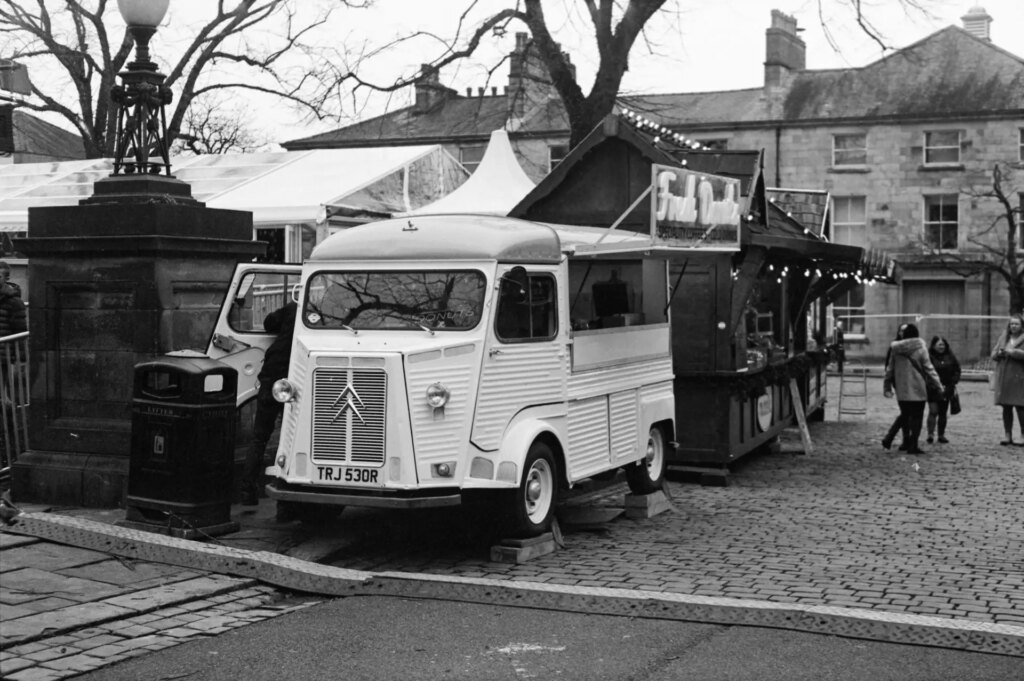
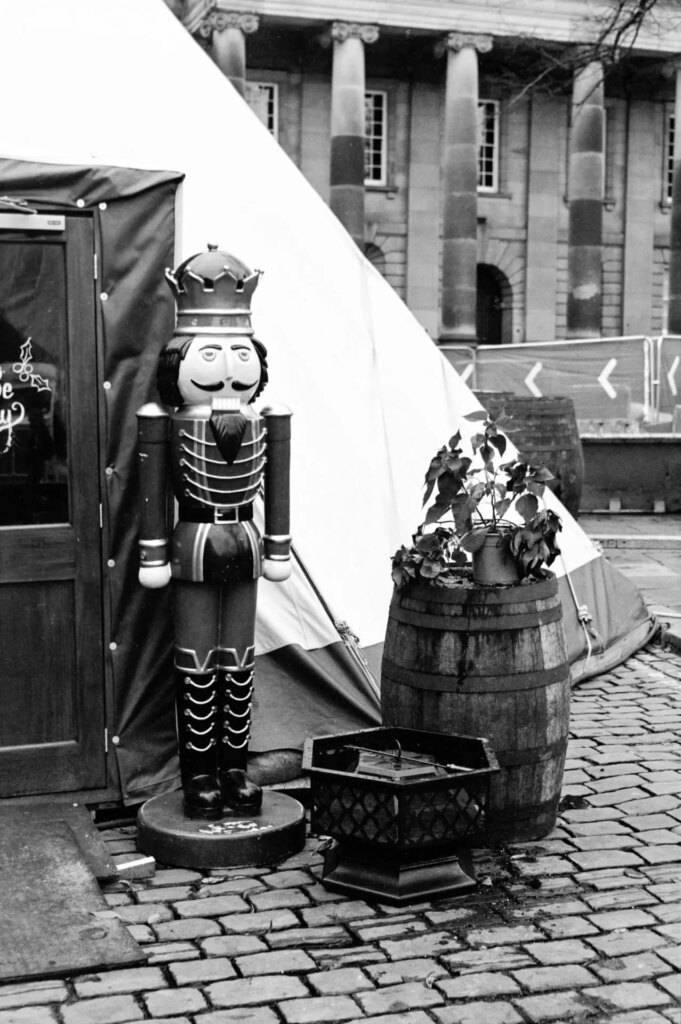
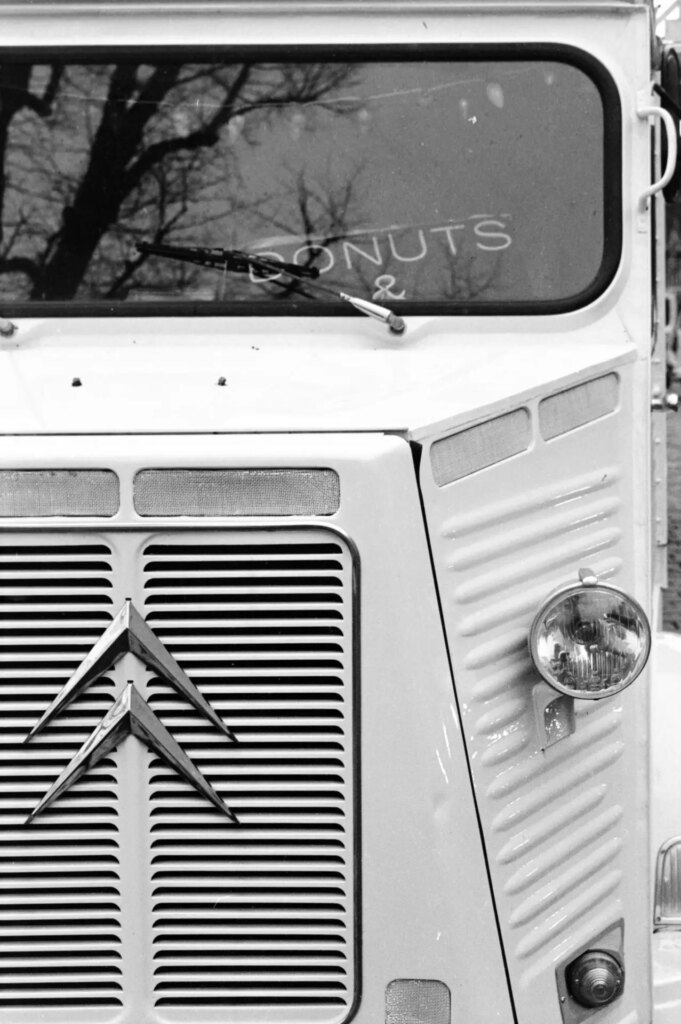
Here is a link to an excellent article on developing XP2 in mono chemicals: https://www.ilfordphoto.com/ilford-xp2-super-in-black-and-white-chemistry/
Share this post:
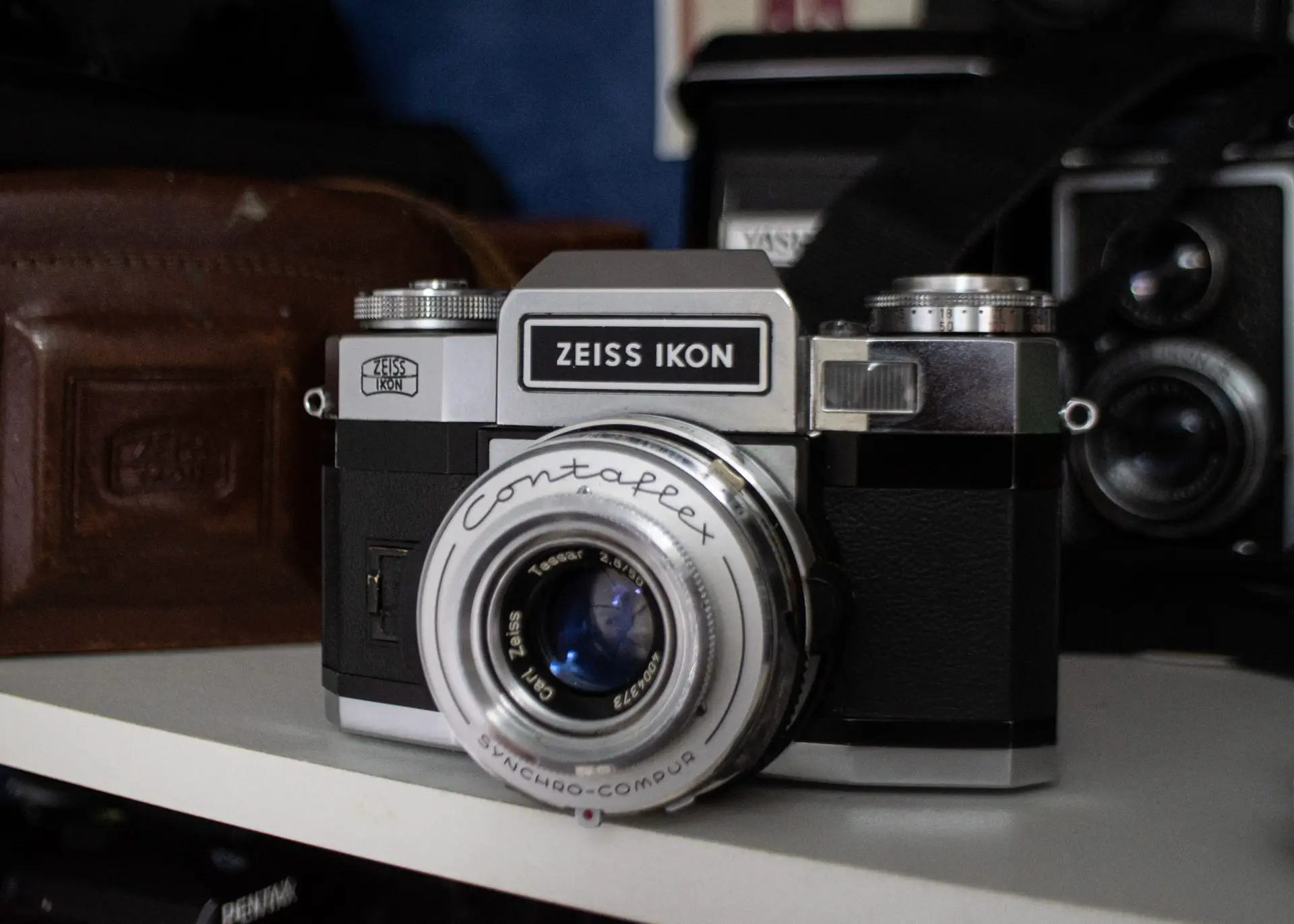








Comments
John Collins on 5 Frames with a Zeiss Contaflex Super BC & XP2 in ID-11 – By Peter Kay
Comment posted: 07/01/2023
John Tarrant on 5 Frames with a Zeiss Contaflex Super BC & XP2 in ID-11 – By Peter Kay
Comment posted: 07/01/2023
Comment posted: 07/01/2023
Comment posted: 07/01/2023
Comment posted: 07/01/2023
Ted Ayre on 5 Frames with a Zeiss Contaflex Super BC & XP2 in ID-11 – By Peter Kay
Comment posted: 07/01/2023
Comment posted: 07/01/2023
Steve Fretz on 5 Frames with a Zeiss Contaflex Super BC & XP2 in ID-11 – By Peter Kay
Comment posted: 07/01/2023
It's a sweet machine, but the repair issue is real, which leaves me admiring it from a distance, like Kodak Retinas.
What's the point of developing XP2 like a conventional film? It makes your scanner's ICE function unusable.
Comment posted: 07/01/2023
Don McClure on 5 Frames with a Zeiss Contaflex Super BC & XP2 in ID-11 – By Peter Kay
Comment posted: 07/01/2023
I like the smaller original versions of Contaflex best, but have had a couple fail on me.
Comment posted: 07/01/2023